![]()
Pertemps Tips for Safe Driving
Keeping your car well maintained is important throughout the year but especially in the Winter months. The long dark nights and poor weather can make driving hazardous so remember to carry out monthly safety checks on your vehicle, take extra care when you drive and adapt to suit the conditions.
These are simple checks that you should carry out on your vehicle at least once a month.
Tyres
It is vital to regularly check the tread depths and tyre pressures. You should change your tyres as soon as the tread reaches 2mm. Always check your tyre pressures when they are cold.
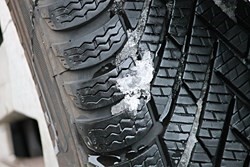
Fluid Levels
Check your oil levels and keep it topped up, but don't overfill it. Also check coolant and brake fluid levels and arrange for a top-up through your local garage.
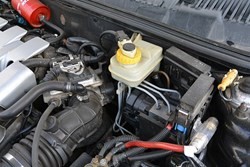
Windscreen
Keep the Washer fluid topped up and check the wiper blades, replacing them as necessary.
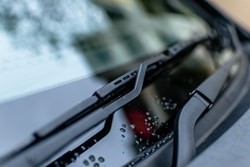
Lights
Make sure your front and rear lights and indicators are working properly.

OTHER CHECKS THAT SHOULD ALSO BE DONE ARE:
Run it
Car batteries face a severe test in Winter because of extra demands of running heating fans and lights. Short journey's can put extra strain on the battery so try to plan a longer run occasionally and consider switching off energy sapping equipment.
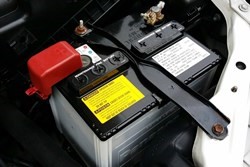
Clean it
Make sure you keep your car clean, especially the lights and windscreen. Plus make sure you clear your windscreen before you drive away.
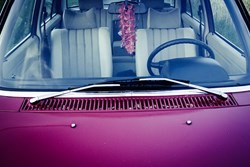
Service it
Make sure your car is regularly serviced in line with the manufacturer's recommended service intervals, this can be found in your vehicle handbook.
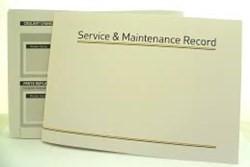
Pack it
Take some emergency kit with you in case you encounter trouble. We recommend:
- Mobile Phone (Charged)
- De-icer
- Ice Scraper
- Torch
- Warm clothes and blanket
- Food and Water
- Boots or suitable footwear
- First Aid Kit
- Battery jump leads
- Warning triangle if available
- Spade (to dig your car out of snow)

SAFER WAYS TO DRIVE WHEN THE WEATHER IS BAD
It is really important that you immediately adjust to suit the weather conditions.
Snow or icy
It can take up to ten times longer to stop when the roads are icy. Avoid sudden braking, sharp turns, or sudden increases in speed. If you encounter black ice, don't brake quickly or make any sudden steering movements but do ease off the accelerator and go slowly.

Rain
It can take up to twice as long to stop when the roads are wet compared to when they are dry. If you begin to lose traction or 'aquaplane', take your foot off the accelerator and slow down - don't brake hard. Spray can make it hard to see, slow down and keep your distance from other vehicles.

Floods
Don't try to cross floods if the water seems deep. If you have to go through a flood, drive slowly in first gear to avoid stalling the engine. Avoid the deepest water, which is usually near the kerb. Once you have driven through a flood, test your brakes. Only drive on at your usual speed if the brakes are working well.
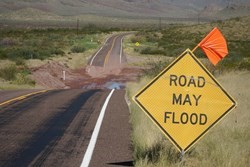
Fog
Drive slowly and use dipped headlights/fog lights so that other vehicles can see you. Don't drive too close behind another vehicle.
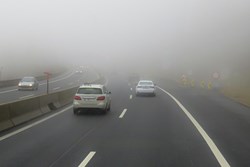
AND FINALLY..
- Add useful telephone numbers to your mobile phone. For example, your breakdown provider or emergency contacts.
- Take extra care when the clocks change, you may not be used to driving in the dark. Be particularly careful to look out for cyclists and pedestrians.
- Minimise distractions and never use your mobile phone whilst driving.
- Make sure you are fit to drive. Never drink and drive or take medication that impacts your driving. Get your eyes checked and don't drive if you are tired.
- Leave extra space around you; thinking space, braking space and manoeuvring space.